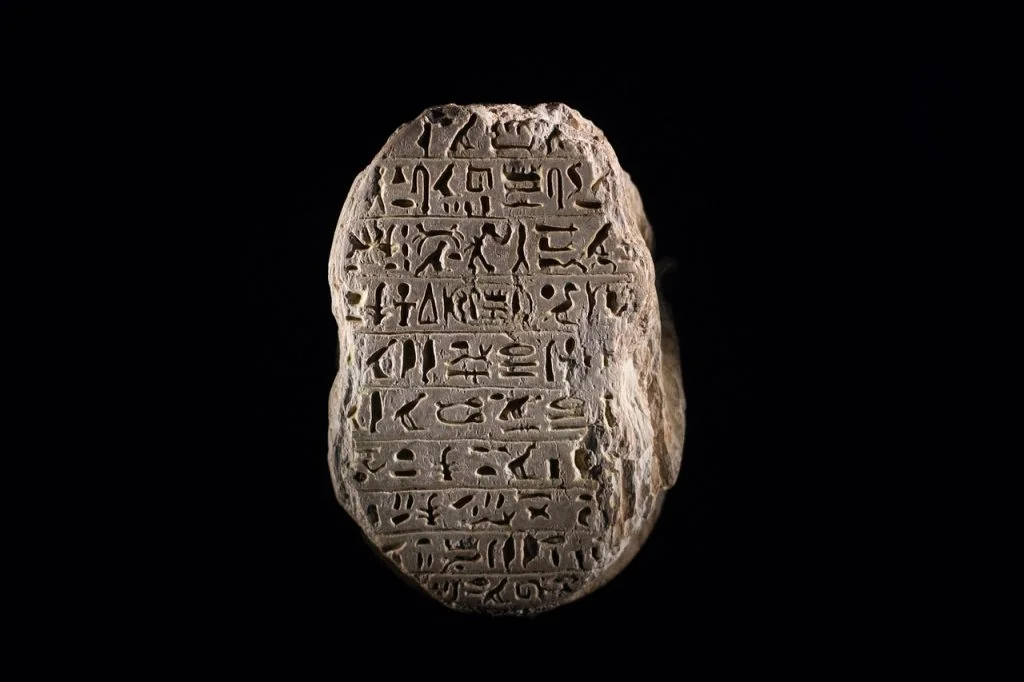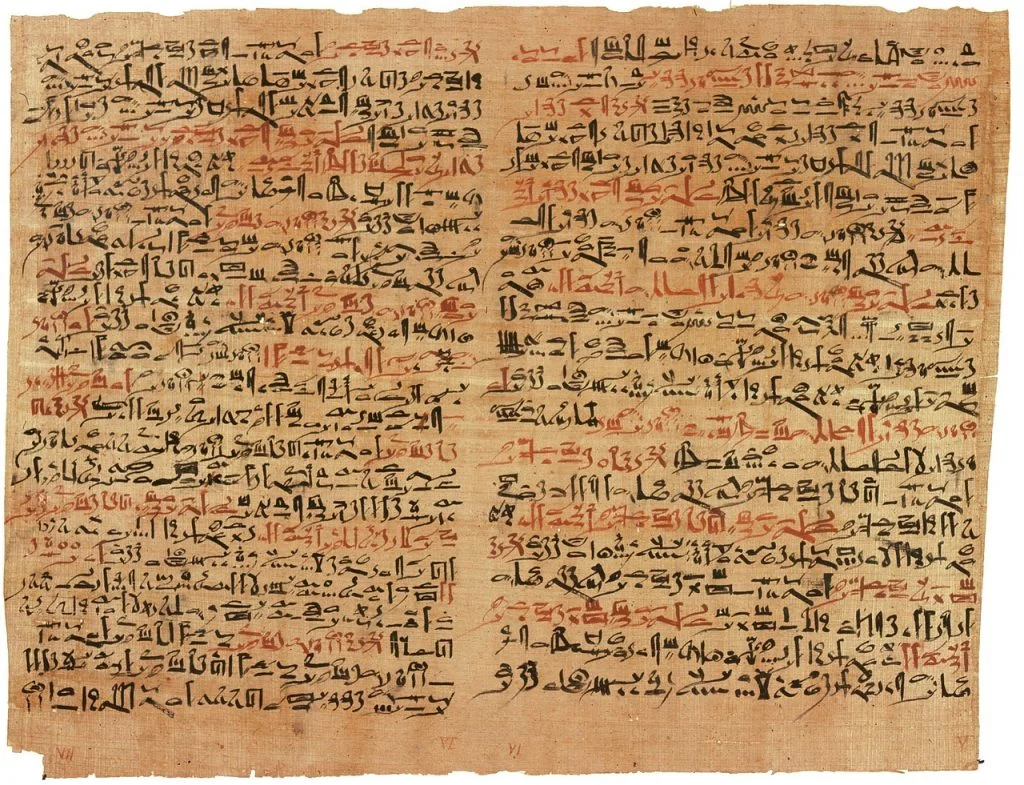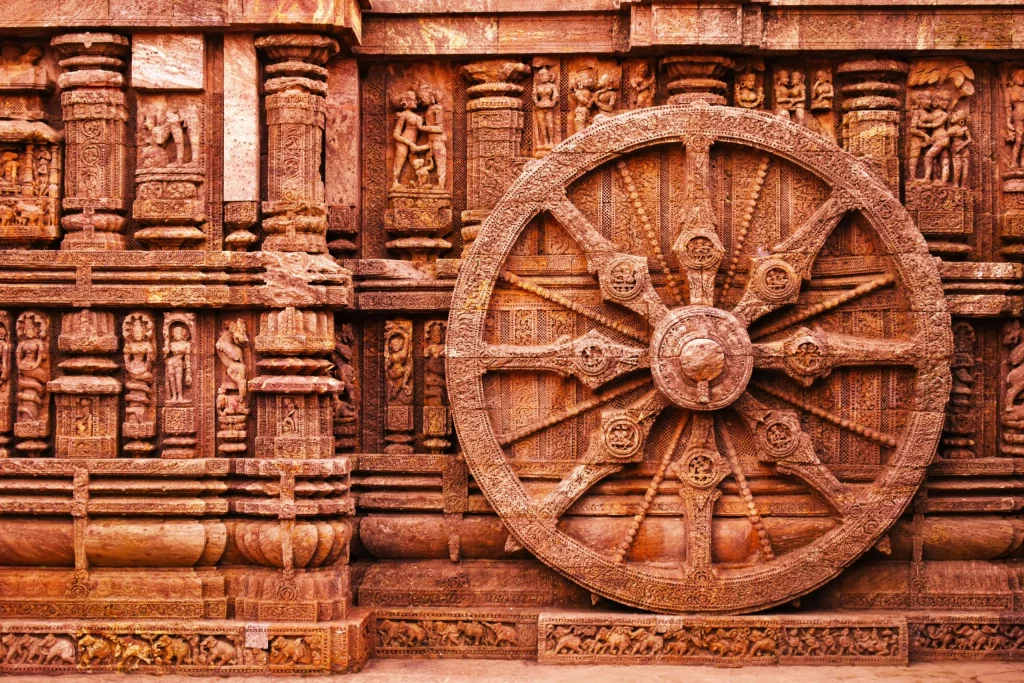Imagine being able to text in hieroglyphics—confusing, right? Well, not for me! After accidentally using a hieroglyphic in a history exam, thinking it meant ‘peace’ (spoiler: it didn’t), I’ve dedicated my life to unraveling the enigmatic world of these ancient symbols.
In this article, I’ll share 50 epic facts about hieroglyphics that will make your next museum visit 100% more interesting. Ever wondered if ancient Egyptians had a symbol for ‘awkward first date’? Let’s find out together!
The ancient Egyptians believed that to speak the name of the dead is to make them live again.
Wallis Budge
Hieroglyphics Facts
Get ready to explore the fascinating facts about hieroglyphics that have captivated historians for centuries. And don’t forget, a quiz at the end of this article will test your newfound knowledge! Don’t worry, it’s in English.
- Hieroglyphics is an ancient Egyptian writing system used from about 3200 BCE.
- The word “hieroglyphics” comes from the Greek words for sacred carvings.
- Egyptian hieroglyphs were a formal writing system used for religious and official texts.
- There are over 700 different Egyptian hieroglyphs.
- Hieroglyphs could be written horizontally or vertically.
- In hieroglyphics, direction matters: the characters face towards the beginning of a line.
- Animals, plants, and abstract symbols were all used in hieroglyphics.
- The Rosetta Stone was key to deciphering hieroglyphics.
- Jean-François Champollion deciphered hieroglyphics in 1822.
- Hieroglyphics were not only used for religious texts but also for secular and administrative documents.
- They include three basic types of glyphs: phonetic glyphs, logographs, and determinatives.
- Phonetic glyphs represent sounds, much like letters in English.
- Logographs are symbols that represent words or concepts.

- Determinatives give extra information about the meanings of words.
- Many hieroglyphs are pictorial; they look like the objects they represent.
- The last known hieroglyphic inscription dates to 394 CE.
- Some hieroglyphs were used for their sound value rather than their imagery.
- Egyptian scribes used hieroglyphics on monuments, tombs, and temples.
- Learning to read and write hieroglyphics was a complex task, often undertaken by scribes.
- Papyrus was a common material for writing hieroglyphics in everyday life.
- Some hieroglyphic texts were written in stone and wood as well.
- Hieroglyphs were often colored when on temples or tombs.
- The ideographic nature of hieroglyphs means they can represent ideas or objects.
- Cursive hieroglyphs were used for religious documents on papyrus.
- There was also a simplified form called hieratic, used for administrative purposes.
- Hieroglyphics played a significant role in understanding Ancient Egyptian culture and history.
- The spatial arrangement of hieroglyphs within a text can be significant.
- Hieroglyphs often appear on funerary objects, like sarcophagi and canopic jars.

- Certain hieroglyphs were believed to have magical properties.
- Understanding hieroglyphics provides insights into Egyptian mythology and beliefs.
- The alphabetical signs in hieroglyphics represent single sounds, similar to letters.
- Hieroglyphs were carved or painted in temples, tombs, and on statues.
- There were also hieroglyphs for numbers and mathematical calculations.
- The ability to read hieroglyphics was lost around the 4th century and not recovered until the 19th century.
- Deciphering hieroglyphics was a major breakthrough in understanding Ancient Egypt.
- Many public monuments in Ancient Egypt feature hieroglyphic inscriptions.
- Cartouches were oval shapes containing royal names in hieroglyphics.
- Hieroglyphics reflect the importance of religion in Ancient Egyptian society.
- The Book of the Dead contains many examples of funerary hieroglyphs.

- Hieroglyphics were a closed system, accessible mainly to the educated elite.
- Obelisks and steles are types of monuments with hieroglyphic inscriptions.
- Hieroglyphs reveal much about the daily life and customs of Ancient Egyptians.
- Many hieroglyphs had both literal and symbolic meanings.
- Hieroglyphs were used in religious texts like the Pyramid Texts.
- The artistic quality of hieroglyphs is highly regarded in the study of ancient art.
- Hieroglyphs can be phonograms (sound-based), logograms (word-based), or determinatives.
- Their use and development reflect the evolution of the Egyptian language and script.
- Decoding hieroglyphs has helped in translating other ancient scripts.
- Some modern software can translate hieroglyphics into modern languages.
- Hieroglyphic inscriptions often include the names and titles of pharaohs and gods.
Hieroglyphics Myths

After exploring some fun facts about hieroglyphics, let’s delve into separating myths from facts to further illuminate these enigmatic symbols.
- Hieroglyphics are Just Simple Pictures
Hieroglyphics are far more than just simple pictures; they’re a complex writing system. Each symbol could represent a sound, like a letter, or a whole word. It’s like a puzzle, where each picture has a deeper meaning, blending sounds and concepts together. - Hieroglyphics were Exclusively Religious Texts
While many hieroglyphs were used in temples and tombs, they also served mundane purposes. Think of them like our everyday writing – from grocery lists to love letters, the ancient Egyptians used hieroglyphics for all sorts of daily tasks, not just chatting with the gods. - Only Pharaohs Could Read Hieroglyphics
While it’s true that hieroglyphics were for the elite, it wasn’t just pharaohs who could read them. Many scribes, priests, and even some government officials were literate. - Hieroglyphics and Egyptian Art are Unrelated
Egyptian art is deeply intertwined with hieroglyphics. They didn’t just stand alone; they were part of the larger picture, literally. Artists integrated text and images seamlessly, creating a visual and literary tapestry that told stories more vividly than words or pictures alone. - Discoverers immediately understood hieroglyphics upon their discovery.
Deciphering hieroglyphics wasn’t an overnight success. It took years of head-scratching by linguists and historians, especially the breakthrough with the Rosetta Stone.
No products found.
Hieroglyphics Quotes

Let me share with you five famous quotes about hieroglyphics that capture the fascination and mystery surrounding this ancient form of writing.
I am proud to have been the first to have read the inscriptions in a Pharaonic temple while standing between the legs of a colossal statue of Ramses II.
Jean-François Champollion
Quote by Jean-François Champollion, who is renowned for deciphering the Rosetta Stone and unlocking the secrets of Egyptian hieroglyphics.
As my eyes grew accustomed to the light, details of the room within emerged slowly from the mist, strange animals, statues, and gold – everywhere the glint of gold.
Howard Carter
Quote by Howard Carter on discovering Tutankhamun’s tomb. Although not directly about hieroglyphics, this one captures the wonder and mystique of ancient Egyptian art and writing found in the tomb.
The mind is like an iceberg, it floats with one-seventh of its bulk above water.
Sigmund Freud
While this quote is not specifically about hieroglyphics, Sigmund Freud’s interest in Egyptian culture and his comparison of the mind to an iceberg parallels the hidden depths and complexities of hieroglyphic writing.
Each hieroglyphic sign is a world of history, culture, and religious belief.
Gaston Maspero
Quote by the famous Egyptologist, Gaston Maspero. His work in Egyptology and his study of hieroglyphics highlighted the depth and richness of the stories and beliefs encoded in these ancient symbols.
The ancient Egyptians believed that to speak the name of the dead is to make them live again.
Wallis Budge
This quote, from the renowned Egyptologist Wallis Budge, reflects on the power of words and names in Egyptian culture, which is aptly represented in their detailed hieroglyphic inscriptions.
Hieroglyphics FAQ

Having journeyed through a collection of enlightening hieroglyphic quotes, let’s go into the FAQ section. Remember, the quiz awaits, so read with attention to grasp every hieroglyphic detail!
- When were hieroglyphics invented?
Ancient Egyptians developed hieroglyphics around 3200 BCE, primarily for religious texts. - How do you pronounce “hieroglyphics”?
The word “hieroglyphics” is pronounced as “high-ruh-GLIFF-iks.” - What were hieroglyphics used for?
The ancient Egyptians used hieroglyphics for religious, administrative, and legal texts. - Why are hieroglyphics important?
Hieroglyphics are key to understanding ancient Egyptian culture and history. - How were hieroglyphics deciphered?
Scholars deciphered hieroglyphics in the 1820s using the Rosetta Stone, which had the same text in Greek and Egyptian scripts.
No products found.
Hieroglyphics Trivia

Here is the hieroglyphics quiz! If you don’t decipher these ancient symbols correctly, you might just find your next message delivered by a pigeon in hieroglyphs!
Conclusion
And there you have it: a crash course in hieroglyphics! It turns out that our ancestors were pretty savvy with symbols. They might not have had GIFs, but they sure knew how to tell a story in style.
Imagine trying to send a text in hieroglyphs. Would you have the patience? What hieroglyph do you think best captures the essence of your daily life? Let me know in the comments!
2 Sources Used For This Article

